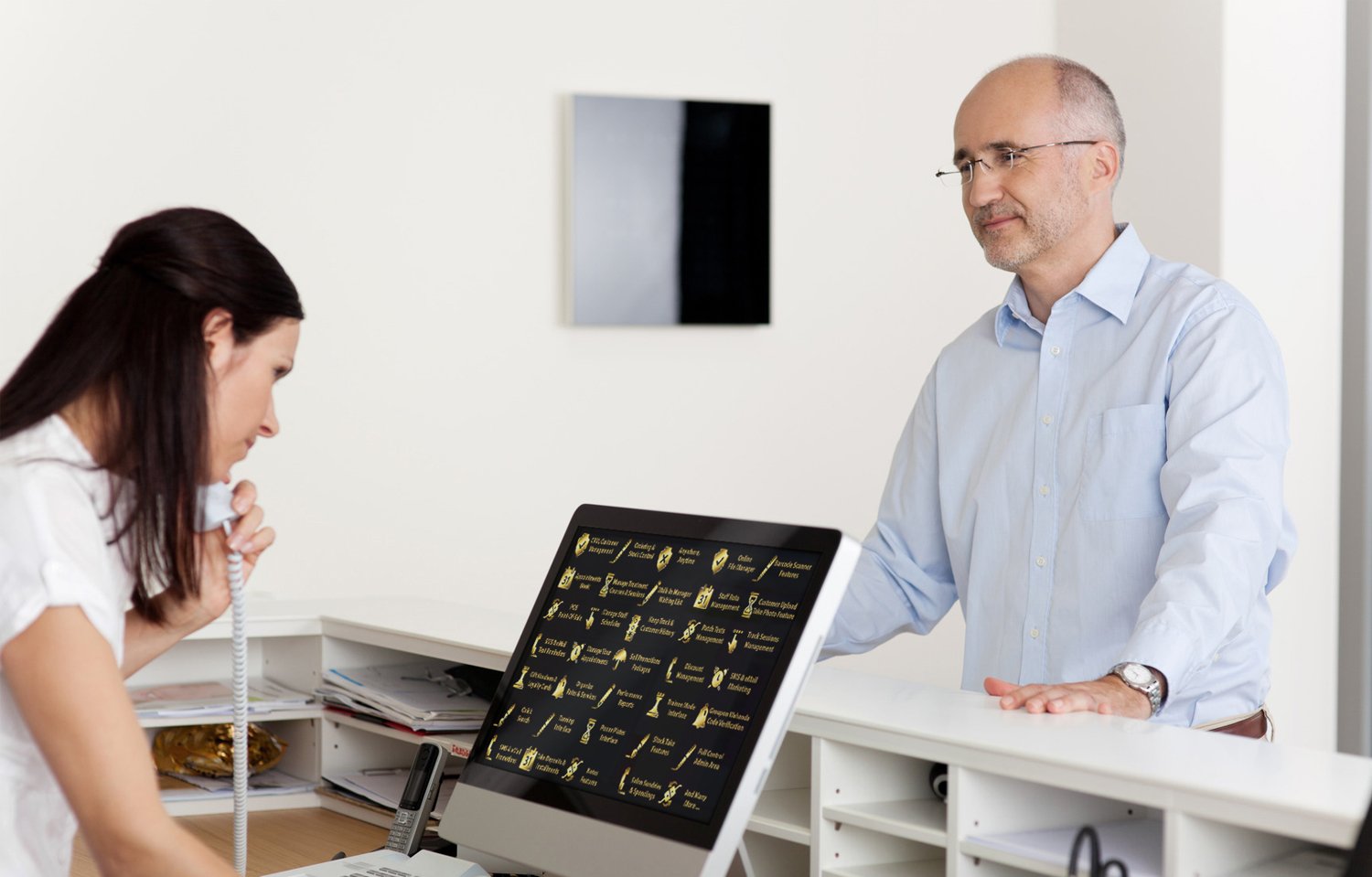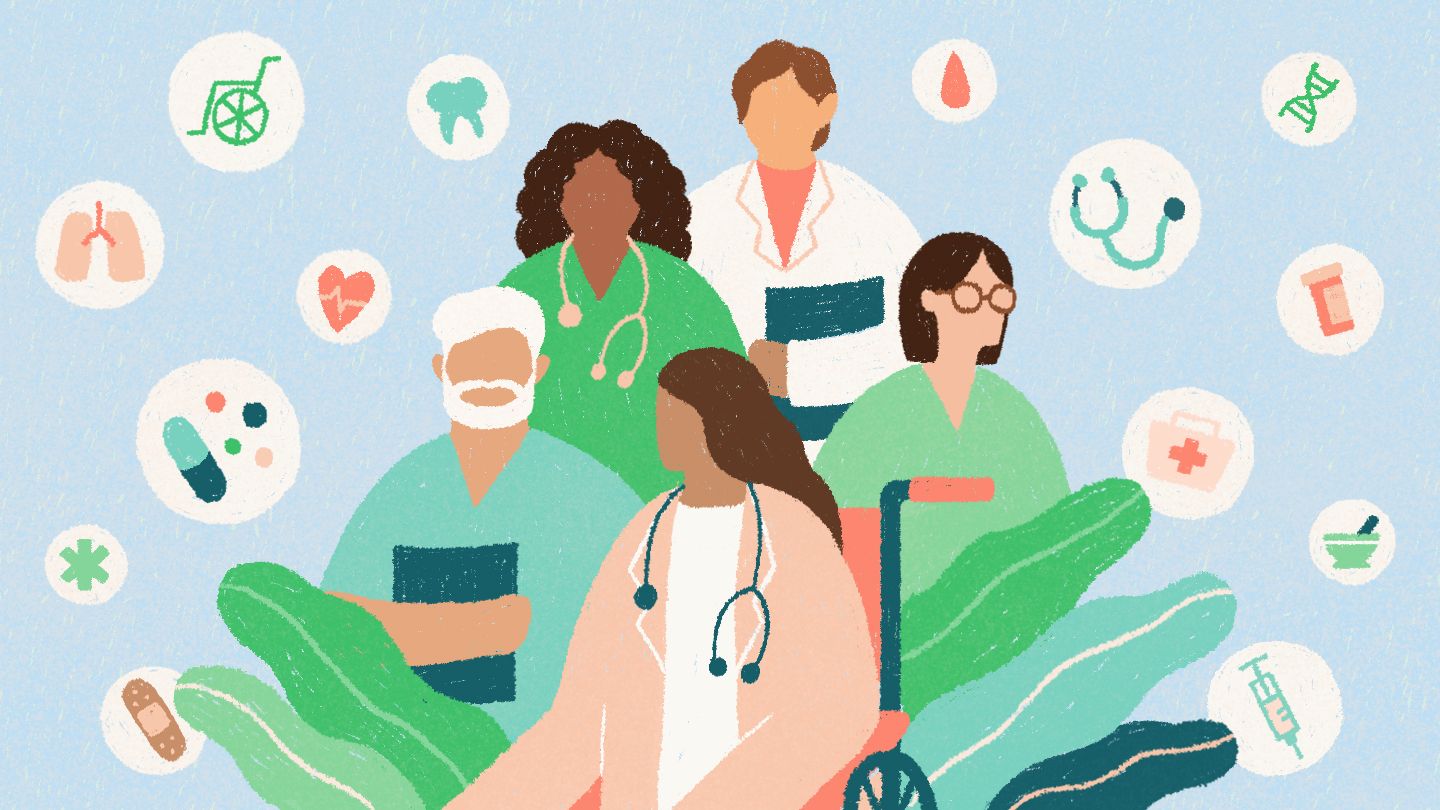If a patient faints in a busy clinic lobby, or a home-care client starts choking at lunch, you’ll be the first adult in the room who has to act before EMS arrives. That’s why many support roles outside hospitals, clinic coordinators, dental assistants, home-health aides, physiotherapy techs, ask for a current first aid certification card that proves you’ve trained in CPR/AED, choking relief, bleeding control, and basic emergency response.
The card is a simple proof of skills and renewal status that your employer can verify quickly, especially as more care has shifted to outpatient and home settings since the pandemic. A first aid certification card shows you what the card covers, who needs it, how to earn it, and how to keep it valid and accessible on the job. Read on to get practical clarity you can use on your next shift, so that lobby moment ends with calm, competent care.
Who Needs First Aid Certification?
Healthcare support staff are often the first to encounter emergencies outside hospitals. This group includes home health aides, nursing assistants, community caregivers, and outpatient clinic attendants, professionals who provide direct or indirect patient care in settings where immediate medical response may not always be available.
For these roles, first aid certification isn’t optional; it’s a baseline competency. Employers in home care, assisted living, and community health programs commonly require proof of valid certification during onboarding or annual audits. In some states, regulations also mandate certified staff for patient-facing roles to maintain licensing or insurance coverage.
Beyond compliance, certification builds confidence and credibility. A support staff member trained in CPR, choking response, or bleeding control can act effectively during critical minutes before emergency services arrive. For organizations, this translates into better patient outcomes, reduced liability, and a stronger culture of safety.
Types of First Aid Certification for Non-Hospital Staff
Support professionals can choose between a few key certifications, depending on their job setting and level of patient interaction.
- AHA Heartsaver® First Aid: Designed for non-clinical workers and caregivers who need to manage medical, injury, or environmental emergencies until help arrives.
- Basic Life Support (BLS): A higher level of training, recommended for staff assisting nurses or physicians in outpatient or rehabilitation centers. It covers CPR for adults, children, and infants, along with AED use and team response coordination.
Most cards remain valid for two years, after which renewal ensures the responder stays aligned with the latest AHA guidelines. Choosing the right course depends on whether the staff member provides direct patient care (BLS) or general assistance (Heartsaver®).
Step-by-Step Certification Process
A clear plan saves time, avoids repeat classes, and ensures your card covers the exact tasks you perform at work. Use the steps below to match the right course, finish faster, and have clean documentation ready for your employer. Getting certified is straightforward once you know the process:
Assess your workplace needs
Some facilities require combined First Aid + CPR/AED certification; others may need full BLS coverage. Start with your job description and any facility or state requirements. If you work with patients or may perform high-quality CPR as part of a team, you’ll likely need BLS.
Roles focused on basic injury/illness response for coworkers or clients (home health aide, community caregiver) often accept First Aid + CPR/AED (Heartsaver). Confirm the required provider (e.g., AHA), delivery mode allowed (blended vs. classroom), and renewal cycle so you don’t take a course your employer can’t accept.
Select an AHA-approved provider
Choose a trusted training center or an accredited online option offering blended learning. Verify the provider is an AHA Training Center or aligned site and that the specific course (Heartsaver First Aid, Heartsaver First Aid CPR AED, or BLS Provider) is listed.
Check: course schedule, manikin feedback devices for CPR (for valid skills testing), class size, language support, accessibility, and refund/reschedule policy. For blended options, ensure the hands-on skills session is included or easy to book locally.
Register and complete pre-course materials
Many programs now include short digital modules before hands-on sessions. After enrolling, you’ll receive an eLearning link (for Heartsaver/BLS: AHA online modules). Budget 1–2 hours for Heartsaver modules and up to ~2–3 hours for BLS, depending on experience.
Use a desktop/laptop with stable internet; complete any pre-course self-assessment (common in BLS). Bring the completion certificate to your skills session; some centers won’t seat you without it.
Attend skills practice and evaluation
Instructors test both written knowledge and real-time response during simulated emergencies. Expect practice on adult (and if required child/infant) CPR with AED, choking relief, bleeding control, and medical/emergency scenarios.
You must demonstrate correct compression depth/rate with feedback devices, proper AED steps, and scene safety/PPE. Written tests are typically 25–50 questions; ask about retest policies upfront. Wear comfortable clothing, there’s kneeling and repeated compressions.
Receive your certification card
Cards are now available digitally, stored in mobile wallets or printed for easy reference. Most AHA eCards arrive the same day or within 24 hours. Verify your name, course title, and issue/expiration dates, then download to your phone and save a PDF copy.
Share the eCard verification URL/code with your employer or upload it to the HR/LMS portal. Set a reminder for renewal (usually 2 years) and keep your completion email, some facilities request it during audits.
Features and Benefits of Modern Certification Cards
Today’s first aid cards are built for convenience and verification.
- Instant digital access: Cards can be downloaded immediately after course completion.
- QR-code authentication: Employers can verify certification status in seconds.
- Mobile compatibility: Cards integrate with Apple Wallet or Google Pay for quick presentation during audits or new job onboarding.
This shift to digital tracking helps reduce lost cards and ensures compliance records stay current.
Renewal, Record-Keeping, and Compliance
Renewal is typically required every 24 months, but best practice suggests refreshing your skills annually. Many AHA-approved centers send automated reminders before expiration, making it easier to stay compliant.
Employers increasingly prefer digital verification, where certification data can be checked directly during hiring or routine compliance checks. Maintaining these records ensures both individual accountability and organizational readiness for inspections.
Tips to Choose a High-Quality Training Experience
Before you pay, look for signs that the course teaches current skills, gives you enough hands-on time, and issues a credential you can easily verify later. A quick pre-check now saves you from repeating training or facing card rejections later. Here are a few tips to choose a high-quality training experience:
AHA-aligned curriculum & qualified instructors
Pick courses that explicitly follow current American Heart Association guidelines and use the official learning objectives (e.g., Heartsaver®, BLS). Scan the syllabus for scenario practice, skills testing, and AED use—not slides only. Ask who will teach you: prefer instructors with real clinical or EMS experience who can translate protocols into field decisions.
Blended learning done right
Blended formats should combine an approved online module (knowledge) with an in-person skills session (performance). Confirm the in-person time isn’t rushed; you should practice compressions, ventilations, choking relief, and AED steps with feedback until you pass.
Secure certification and trustworthy feedback
Choose providers that issue digital cards with QR codes linking to a verification page and your unique credential ID—useful for employers and audits. Ask how fast you receive the card (same-day is common) and how they handle name corrections or replacements.
Empowering Support Staff for Emergencies
For healthcare support professionals working beyond hospital walls, first aid certification is more than a formality, it’s a safety net. It ensures you can recognize distress early, respond decisively, and support medical teams when seconds count.
By staying certified, you not only meet compliance standards but also uphold the trust patients place in your care. Reputable organizations offering AHA-approved training make it easy to renew, verify, and keep your skills ready for the next emergency.






